Construction workers uncovered a cannon
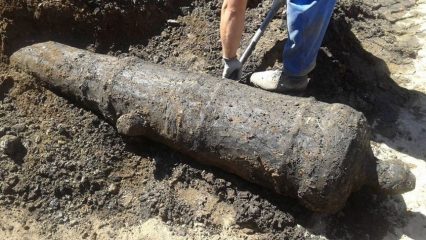
A cannon was discovered by construction workers in Gdańsk, Poland while conducting works at the Motławska street. The find weights a ton and is dated to 17th century.

A cannon was discovered by construction workers in Gdańsk, Poland while conducting works at the Motławska street. The find weights a ton and is dated to 17th century.
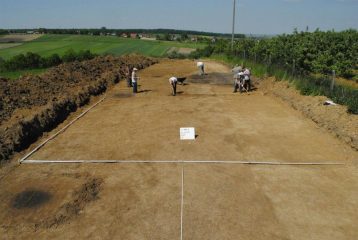
The oldest known Bronze Age settlement from area of Poland was surrounded by fortifications. The site, dated to 2200-2050 BC was unearthed by archaeologist conducting excavations prior to road construction in southern Poland, near the village of Sadowie.
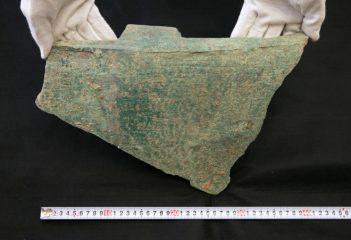
Japanese archaeologists claim to have unearthed a fragment of a building that might have been the tallest pagoda ever built in Japan. The artefact is a part of a “sorin”, a decorative element that was placed atop the pagoda.
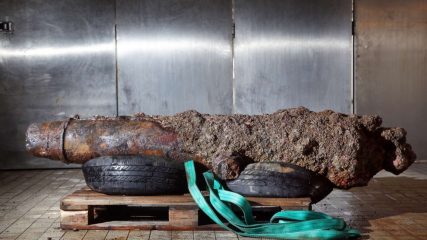
Diving team from Hong Kong Underwater Heritage Group recovered two monumental artefacts marking city’s Maritime heritage milestone. The items brought to the surface consist of the upper part of an anchor and a ship cannon.
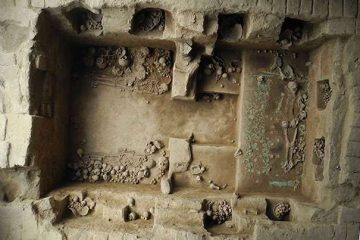
A chamber tomb was unearthed in San José de Moro in Peru, revealing the remains of a woman who had been laid to rest with lavish offerings. She is believed to be a priestess or a queen or both of the pre-Columbian Moche civilization thriving on the northern coast of Peru.

LiDAR technology helped researchers to uncover evidence of architectural structures hidden under vegetation in the vicinity of Machu Picchu in Peru. Among the newly discovered structures are terraces and platforms and pathways of the Inca Trail stretch.
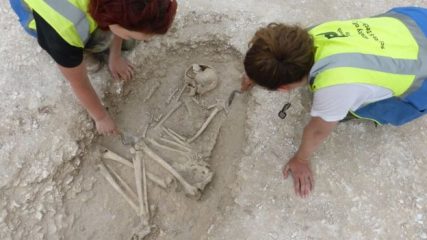
Nine Iron Age skeletons were uncovered during excavations at a pre-Roman town near Winterborne Kingston in Dorset, United Kingdom. The find is significant due to the fact that most tribes of that time cremated or put bodies in wetlands.
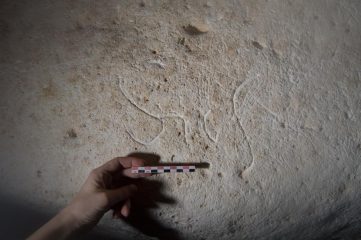
A team of scientist has uncovered new evidence of an early religious dialogue between Europeans and Native Americans in the Caribbean, expressed in early colonial inscriptions and commentaries written within the walls of a cave system on the island of Mona.
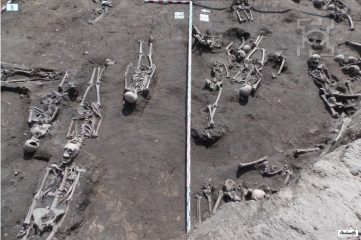
Archaeological studies of the Lithuanian square (Plac Litewski) in Lublin, East Poland revealed numerous Medieval structures and finds from more recent times.
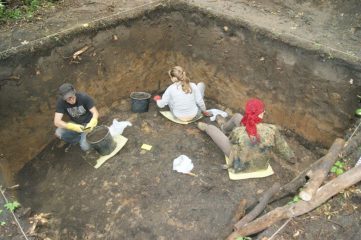
Early Medieval burial mounds and a Medieval cemetery were found during excavations of the ringfort in Ryczyn, South-western Poland. The ringfort was one of the most important strongholds in Silesia of the early times of the kingdom of the Piast dynasty.

Remains of possibly the largest Anglo-Saxon building were revealed during excavations in Globe Field, Aberlady in Scotland. The foundations of the structure which might have been a monastery or even a royal home date back 1200 years.
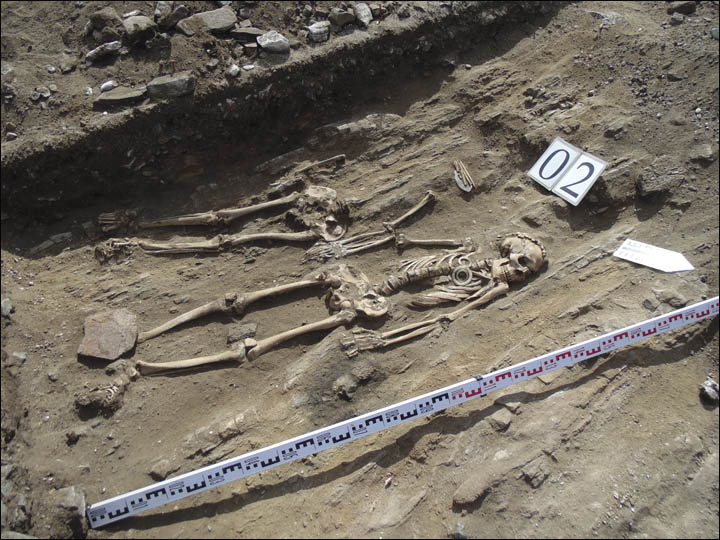
A Bronze Age burial discovered at a cape on Maloe More near Chernorud at Lake Baikal in Russia revealed an ancient couple of an elderly man and his wife or concubine.
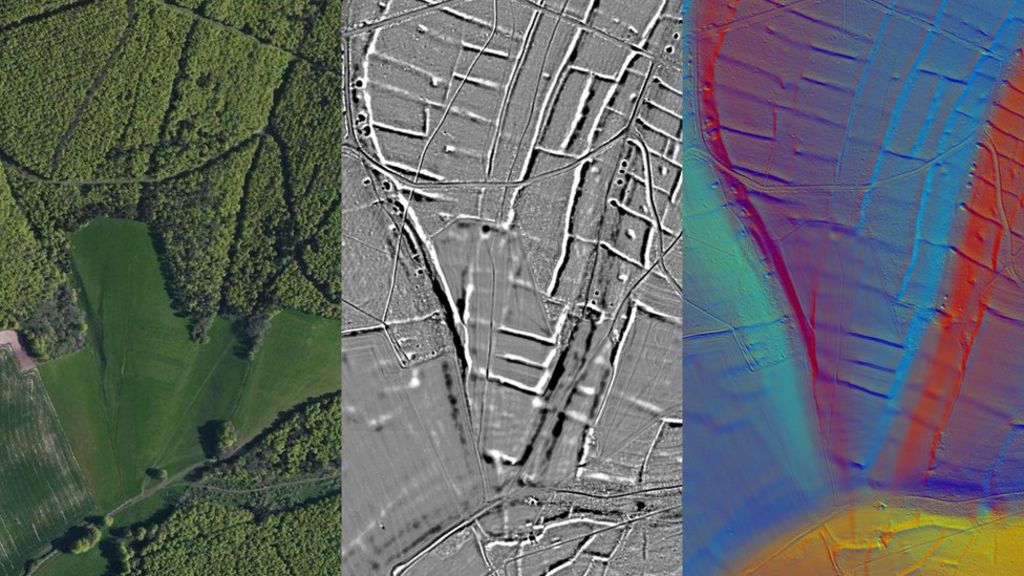
Aerial Laser Scanning revealed presence of a prehistoric farming in the area between Arun river valley in West Sussex and Queen Elizabeth Country Park in Hampshire. The LiDAR survey produced images showing that a field system already protected as a scheduled monument was just a small part of a vast swathe of later pre-historic cultivation.
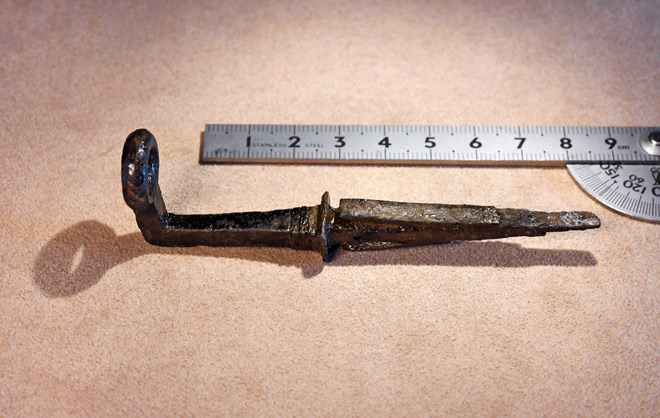
A part of a padlock was recovered at the Asukakyo Ato Enchi ruins in Nara Prefecture’s Asuka village. The site is known for remnants of artificial ponds and is believed to be Japan’s first major garden built at an imperial palace.
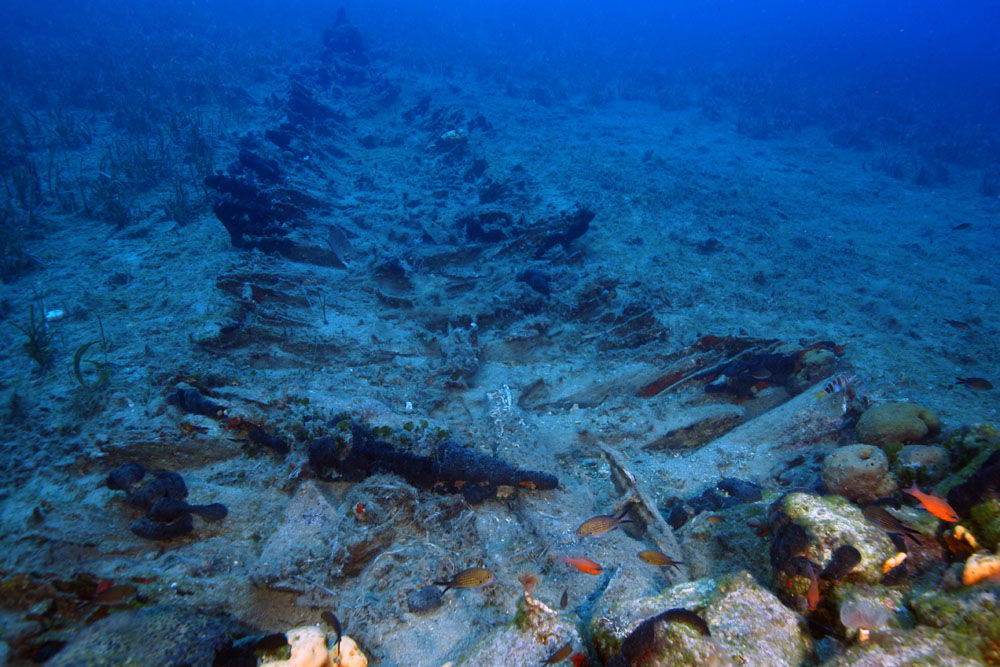
The area of Fourni, a cluster of 13 small Greek islands in the East Aegean was the place of a recent discovery of 22 shipwrecks, made by a team of Greek and American divers. Now, after a second investigation 23 new shipwrecks have been found, adding up to a total of 45 vessels.
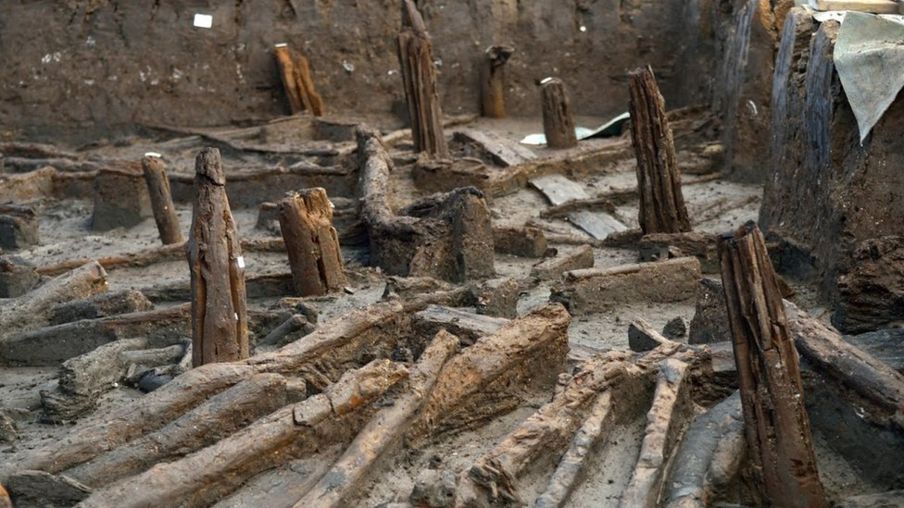
Excavations in the Must Farm site near Whittlesea, Cambridgeshire in United Kingdom brought to light new discoveries. The site dubbed “Britain’s Pompeii” due to the remarkable state of preservation of the remains of a Bronze Age village provides detailed insight into everyday life 3000 years ago.
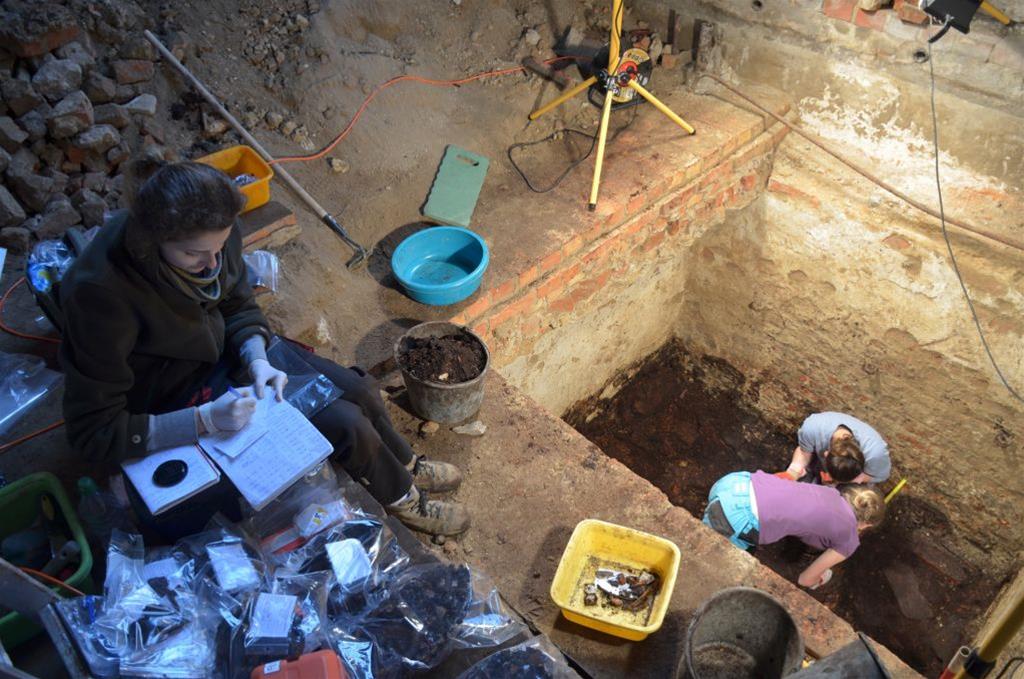
Four crypts are being investigated by archaeologists who started excavation in the Collegiate Church in Stargard, North-western Poland.
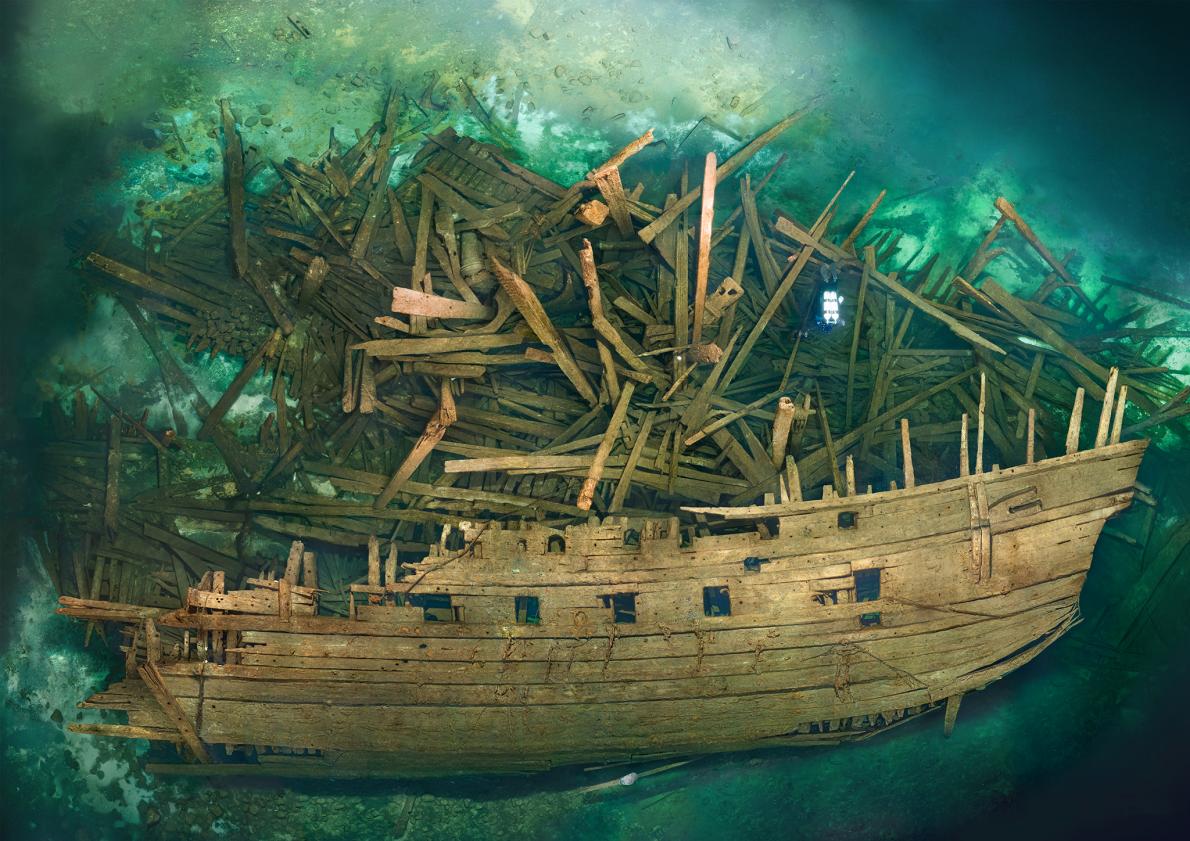
The wreckage of the 16th cent. battleship Mars, once pride of Swedish navy became the subject of research by divers and scientists. The remains of the ship, resting on the Baltic Sea’s floor, is said to be the best preserved vessel of the first generation of big, three-masted warships.
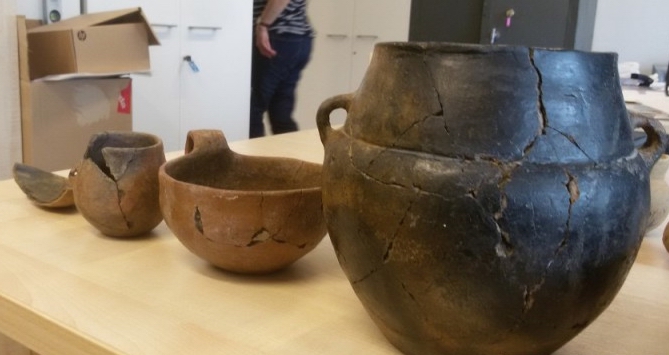
An unknown person delivered a bag containing a set of prehistoric vessels to Centrum Nauki i Sztuki Stara Kopalnia (Science and Art Centre Old Mine) in Wałbrzych, South-western Poland. The experts say that the pottery is 2700 years old and was created by the people of the Lusatian Culture.
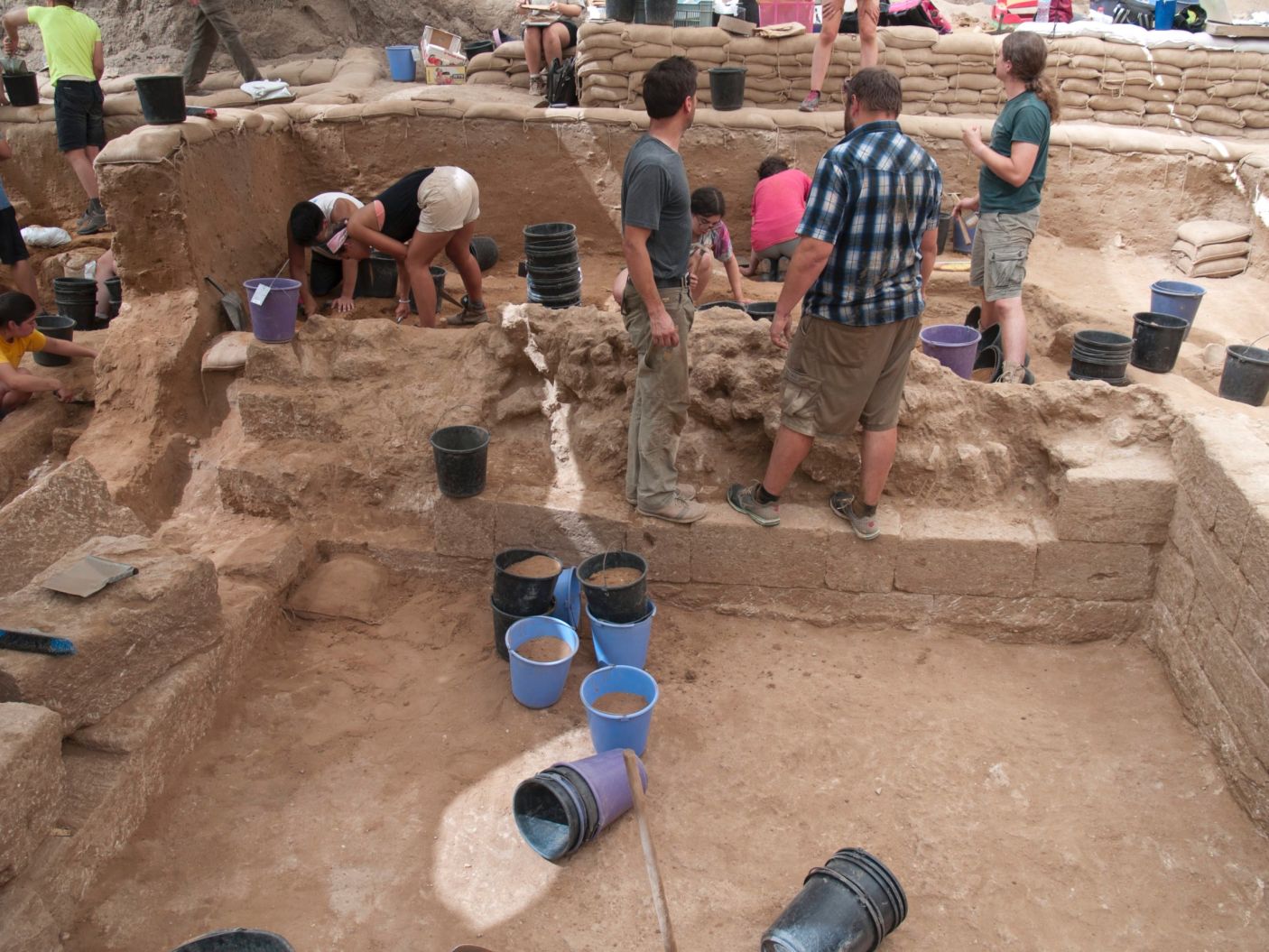
Archaeologist of the Leon Levy Expedition discovered what is believed to be a first and only discovered Philistine cemetery. The find was made in Ashkelon, South Israel and is considered to be 3000 years old.